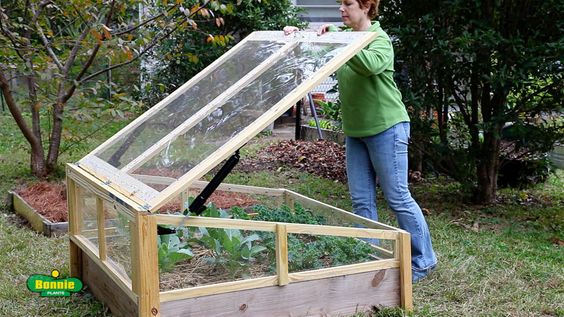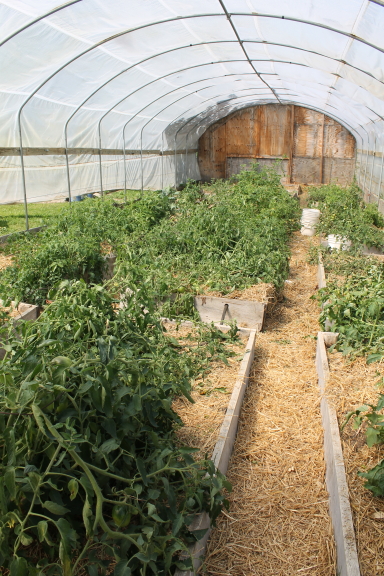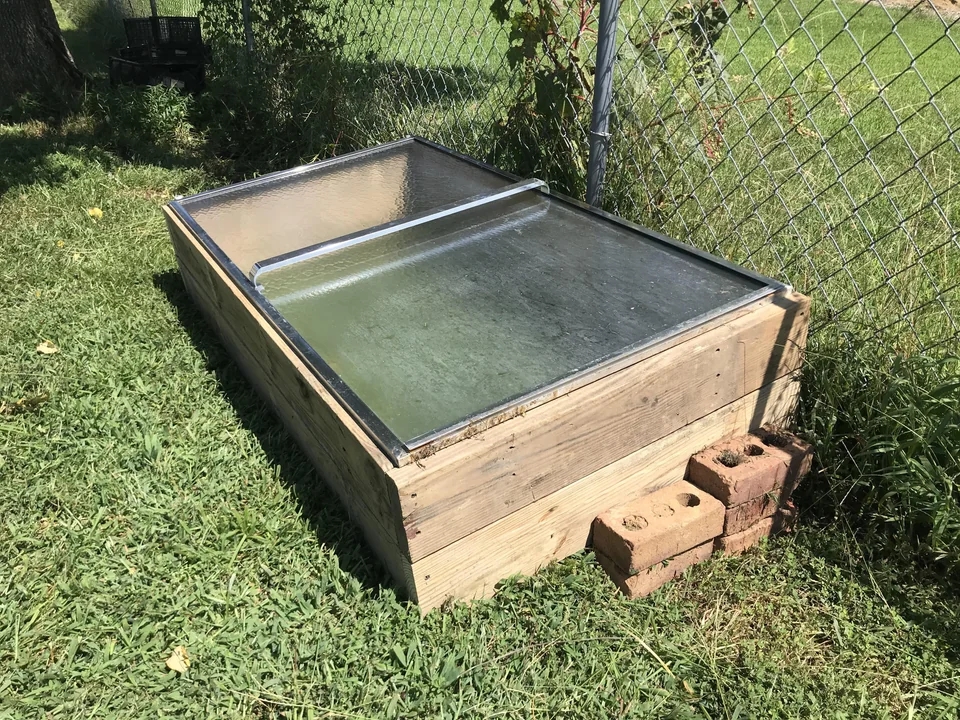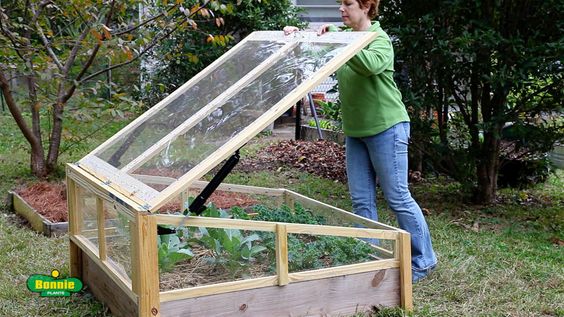“In all things of nature there is something of the marvelous.” Aristotle
Photo courtesy of Bonnie Plants
Welcome to Day 6 of my Gardening 101 Series! Today I am going to show you how easy it is to build your own cold frame in just a weekend in 5 Easy Steps!
If you missed Day 5 of my Gardening 101, be sure to jump on over to my YouTube Channel to watch me talk about My Top 10 Favorite Herbs to Plant for the Home Gardener. Be sure to LIKE and SUBSCRIBE here & there so you don’t miss a beat!
Having a cold frame when living in a climate where winters are frigid and unfavorable to gardening can leave the lover of dirt in a state of despair… but there is hope. That hope is cold frames! They’re a relatively easy and inexpensive option that will allow you to grow some things until the temperatures drop below freezing constantly. They are in all respects a mini greenhouse!
A cold frame is a simple gardening structure that allows you to extend your growing season by providing a protected environment for your plants. Cold frames are typically used to start seedlings early in the spring or to extend the harvest into the fall, by trapping the warmth of the sun and protecting the plants from frost. Building a cold frame is a relatively easy and inexpensive project that can be completed in a weekend, and it can be an effective way to grow a variety of cool weather crops including most greens.
How to build a cold frame in 5 easy steps!
To build a cold frame, you will need a few basic materials, including:
- 4 pieces of untreated lumber (2×6 or 2×8)
- Screws or nails
- Clear plastic sheeting (6 mil thickness recommended)
- A hammer or drill
- A saw

Step 1: Measure and Cut the Lumber Measure!
The area where you plan to place your cold frame, and cut four pieces of lumber to the appropriate size. The frame should be at least 18 inches deep and 24 inches wide, to provide enough space for your plants. Make sure the corners of the frame are square, so that the plastic sheeting will fit properly

Step 5: Start Planting!
You can start planting your seeds or seedlings in the cold frame as soon as the weather starts to warm up in the spring. Be sure to keep the soil moist, but not waterlogged, and to vent the frame on warm days to prevent overheating.
Some additional tips to keep in mind:
- You can add insulation to your cold frame by using straw or leaves to cover the soil, this will keep the soil warmer during cold night.
- You can also use a thermometer to monitor the temperature inside the cold frame, that way you can open or close the lid to control the temperature.
- You can add automatic opener that will automatically open the lid when the temperature inside the cold frame gets too hot and close it when the temperature drops.
- Remember to keep the soil moist, monitor the temperature inside the cold frame and add insulation or automatic opener to control the temperature. And make sure to protect the frame when not in use.
- When you are not using the cold frame, make sure to cover the frame with a lid or plastic to protect it from snow and rain.
If you are living in a cold climate zone and want to enjoy delicious fresh produce through the cold days of winter, then a cold frame may be just what you want. It is an easy and inexpensive way to extend your gardening season and grow a variety of vegetables. With a little planning and effort, you can build a cold frame that will protect your plants from frost and provide a warm, sunny environment for them to thrive.
If you aren’t following me on Facebook or Instagram, go on over & give a LIKE & Follow me for daily tips & tricks for your home & garden!
Happy Day,
Jean
Copyright Policy
All text and images on this site are copyright of For Dragonflies And Me. Unless otherwise noted, you may not use this content without written permission.






